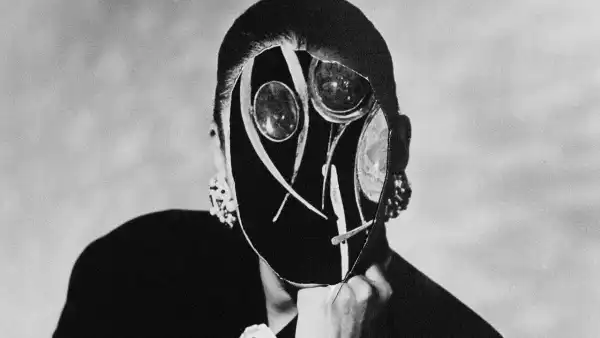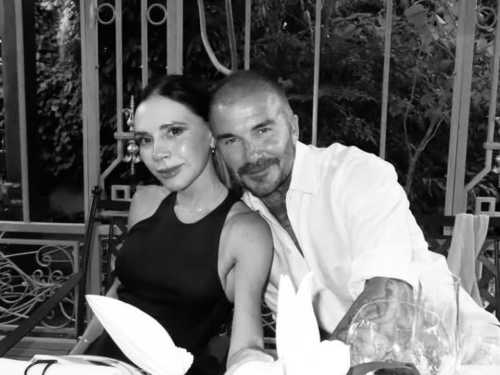
Save this storySave this storySave this storySave this story
A Möbius strip, a surface with one continuous side, is usually created by cutting a long, narrow sheet of paper and joining the ends with a half-turn. The strip has no beginning or end. You can’t tell its clockwise turns from its counterclockwise turns. There’s no way to distinguish between an inside and an outside. Its intricate geometry has made it a subject for experimental artists and writers; it’s featured in sculptures by José de Rivera and Max Bill and in poems by Charles Olson and Howard Nemerov. My favorite Möbius strip appears in the frame story of John Barth’s 1968 short story collection Lost in the Funhouse. Readers are invited to cut out a rectangle whose top and bottom halves read “ONCE THERE” and “WAS A STORY THAT BEGAN,” respectively. If you connect the ends, you get an infinitely regressive story: “Once upon a time, there was a story that began one day, a long time ago, there was a story that began one day, a long time ago…”
Catherine Lacey’s sixth book, The Mobius Book, is divided into two parts. The first part is fiction, a novella about two friends, Edie and Marie, who meet in Marie’s apartment to discuss their recent breakups: Edie has left her controlling man, and Marie’s wife has filed for divorce. Written in the third person, which switches between the women, it chronicles the story of their devoted, if mutually frustrating, friendship. The second part, nonfiction, chronicles the aftermath of Lacey’s breakup with a man known only as “Reason,” who leaves her for another woman. This half is a contemporary narrative of quest; its narrator moves from city to city, unsure of what she wants or what kind of home she will create for herself. The Mobius Book has no particular orientation. It has no front or back. You can start on either side; you just flip the book over and turn it 180 degrees. But the part you begin with will inevitably shape your perception of the metamorphoses that the narrator undergoes and her themes – betrayal and friendship, sex and spirituality.
I first met Lacey two years ago, at a discussion about her novel, Biography of X, at Greenlight Bookstore in Brooklyn. (Like several of my colleagues, I appear in the book as a minor character.) We kept in touch occasionally, mostly to swap reading recommendations. In May, she spoke with me over Zoom from Mexico City, where she lives with her partner, the novelist Daniel Saldaña-Paris. Our conversation has been edited for length and clarity.
Reading The Book of Mobius, I was fascinated by how it brings together all your concerns: the loss of faith, the loss of love, the erasure of the body, the limitations of autobiography.
For me, it really feels like a turning point, like I've completed something. It may be a while before I pick up the next book. It's like a desk-clearing moment.
What do you feel you have accomplished?
“Completed” is a misnomer that I hear now, but losing my faith was the first thing I tried to write about seriously. In graduate school, I thought it was my topic. It was my learning space. But I was too close to it. It had been less than a decade since I had experienced the crisis I was trying to write about, and I hadn’t realized that I needed to understand the experience of losing my faith better in order to write about it in a way that felt clear. I actually think that writing about faith is at odds with clarity. I had to come to terms with the fact that there would always be something unclear about it.
I also think that getting older is a hell of a joy for writers, because your problems change and deepen. I think the sense of accomplishment has something to do with reaching forty.
As I get older, I find that I no longer experience life's changes as visible crises, but as segments of concentrated, if painful, clarity. The Mobius Book has the language of crisis—it's about divorce and breakup—but it feels entirely controlled in its structure and style.
I completed half of the nonfiction while I was still in it. I wrote it in a state of deep anxiety, fear, and chaos. My life was in turmoil. I wanted to convey the heat of rage and confusion. But the original draft I wrote was almost entirely focused on that state. It was unfinished. I slowly realized it, but there was no other voice in it to critique what I was going through. That was the role of the fictional half: to provide alternative perspectives on a moment of transition, crisis, and confusion. I wanted to have some alternative perspective outside of myself as a character in the book.
Fiction is mostly dialogue.
Sourse: newyorker.com






